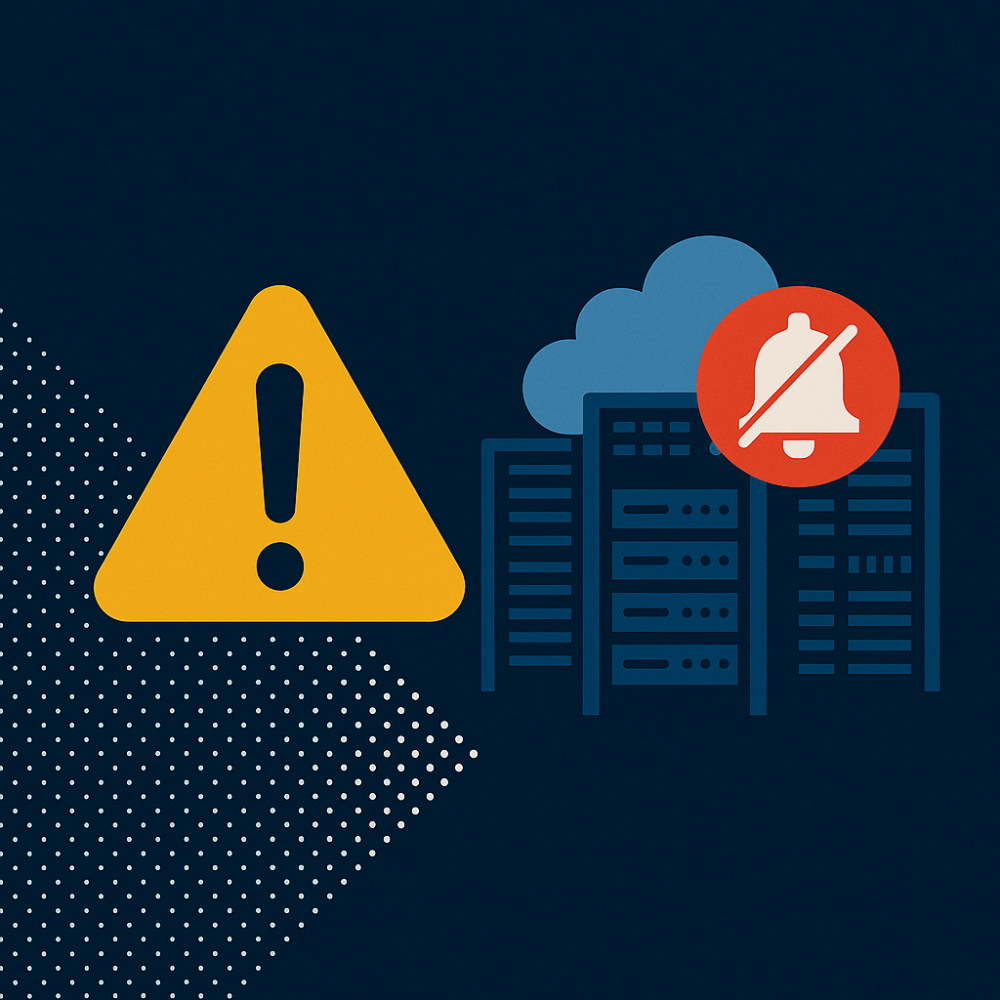Understanding CMMS: What It Is and How It Works
A Computerized Maintenance Management System (CMMS) is software that streamlines how facilities manage maintenance operations, from scheduling work orders and tracking assets to ensuring compliance and improving uptime. Traditional CMMS tools help maintenance teams stay organized, reduce downtime, and extend asset lifespan.
But today, being organized isn’t enough. In mission-critical industries—where every second of downtime can cost millions—what you really need is actionable intelligence, not just a digital filing cabinet.
MCIM: More than a CMMS
While MCIM includes all the foundational capabilities of a CMMS, it’s purpose-built for higher-stakes environments where uptime, compliance, and operational efficiency are non-negotiable. MCIM is the only mission-critical platform that unifies your assets, workflows, monitoring systems, compliance tasks, and more—across every facility, team, and vendor—on a single pane of glass.
That’s not just more powerful. It’s transformational.
How a CMMS Works—And Where MCIM Excels
At its core, a CMMS centralizes maintenance tasks:
- Creating and managing work orders
- Tracking preventive maintenance
- Monitoring inventory and spare parts
- Generating reports
MCIM takes this to the next level by integrating those functions with real-time monitoring, predictive analytics, and standardized workflows across global teams. This allows maintenance and facility teams to:
- Detect anomalies before failure occurs
- Automatically trigger work orders based on thresholds
- Enforce compliance with digitized procedures
- Eliminate human error through built-in automation
And unlike legacy CMMS platforms that often suffer from inconsistent, outdated, or siloed data, MCIM curates clean, contextual, standardized data that drives better decisions from the boiler room to the boardroom.
Benefits of a CMMS—Enhanced by MCIM
Asset Lifecycle Visibility
Feature Highlight: Automate Your Facility Condition Index Scoring, Reporting, And Response with MCIM
Track assets from acquisition through retirement with real-time data, predictive failure insights, warranty status, and condition history.
Workflow Efficiency
Automate work orders, preventive maintenance schedules, and compliance tasks. Share data across mobile devices for field-to-office coordination.
Data-Driven Preventive Maintenance
Use condition-based triggers, not just time-based schedules. Detect and resolve issues before failure with MCIM’s anomaly detection engine.
Regulatory Compliance and Audit Readiness
Standardize procedures, log every activity, and generate audit-ready reports in seconds—not weeks.
Health, Safety, and Environmental Management
Track incidents, near-misses, corrective actions, and PPE compliance to minimize risk and meet safety standards.
Cost Control and Capital Planning
Get accurate cost-of-ownership and replacement forecasts. Reduce downtime, extend asset life, and maximize budget impact.
CMMS vs. EAM: What’s the Difference?
CASE STUDY Achieving immediate results and savings conducting facility maintenance rounds with MCIM
A CMMS focuses on maintenance execution—work orders, parts, and preventive schedules.
An Enterprise Asset Management (EAM) system covers broader lifecycle planning—from asset design through decommissioning across multiple sites.
MCIM merges the best of both: it delivers CMMS-level operational control plus strategic-level insight with benchmarking, capital planning, and predictive analytics across global portfolios.
Why You Need a CMMS—Now More Than Ever
If you’re still managing maintenance on spreadsheets or in siloed tools, you’re flying blind. Today’s facilities face rising complexity, compliance scrutiny, and financial pressure. You can’t afford a reactive approach.
With MCIM, you get a CMMS that does more than schedule work—you get a system that:
- Tells you which assets are at risk
- Shows where maintenance is slipping
- Standardizes and scales processes
- Gives leadership the data they need to invest with confidence
Built for the Mission-Critical World
MCIM is trusted by the world’s most risk-averse organizations—including 75% of the top multi-tenant data center operators and 80% of the largest banks. Our platform reduces human error by 84%, slashes audit prep from weeks to minutes, and delivers a measurable ROI on operational efficiency.
If you’re still relying on a traditional CMMS, you’re settling for less. It’s time to rethink maintenance. It’s time for MCIM.



